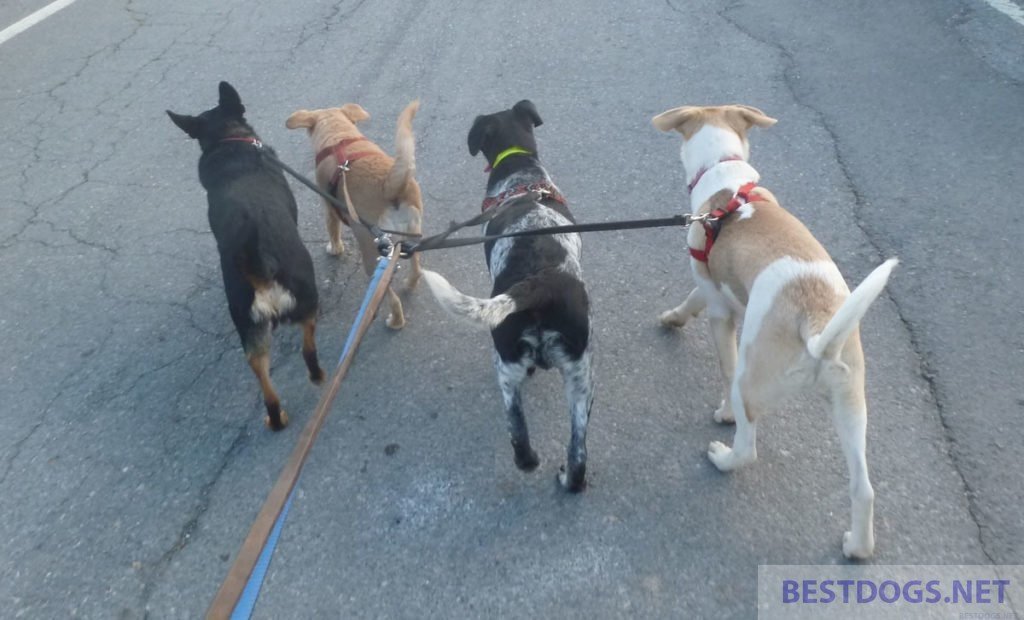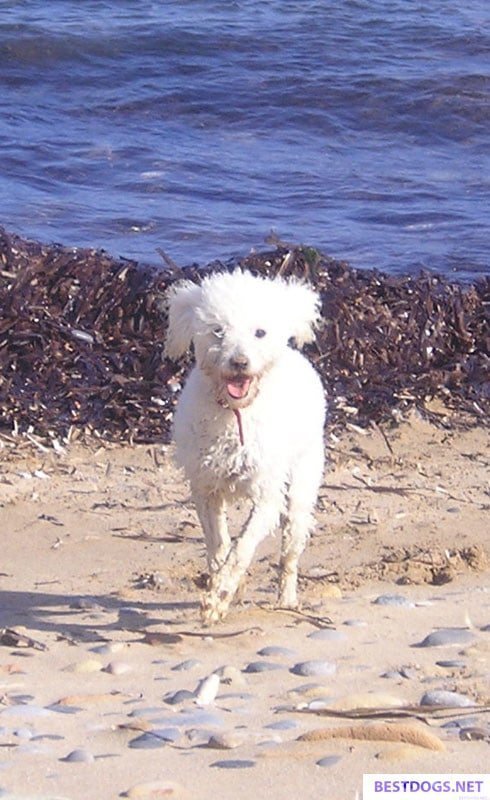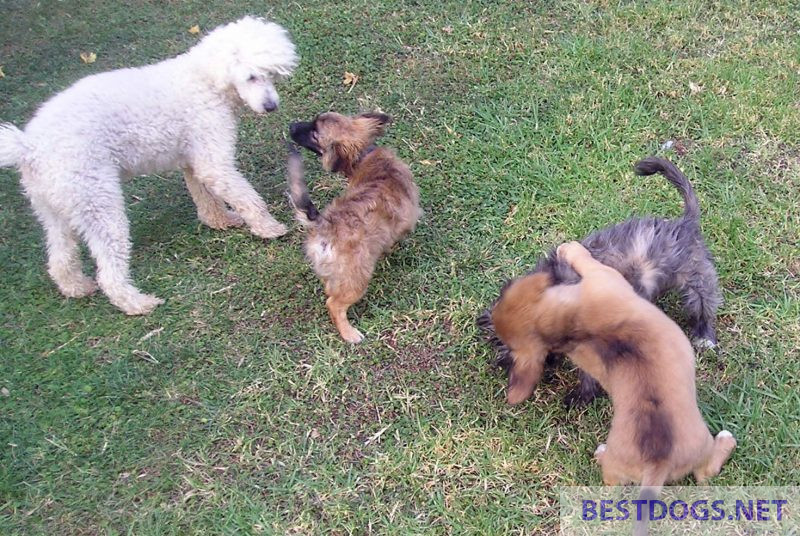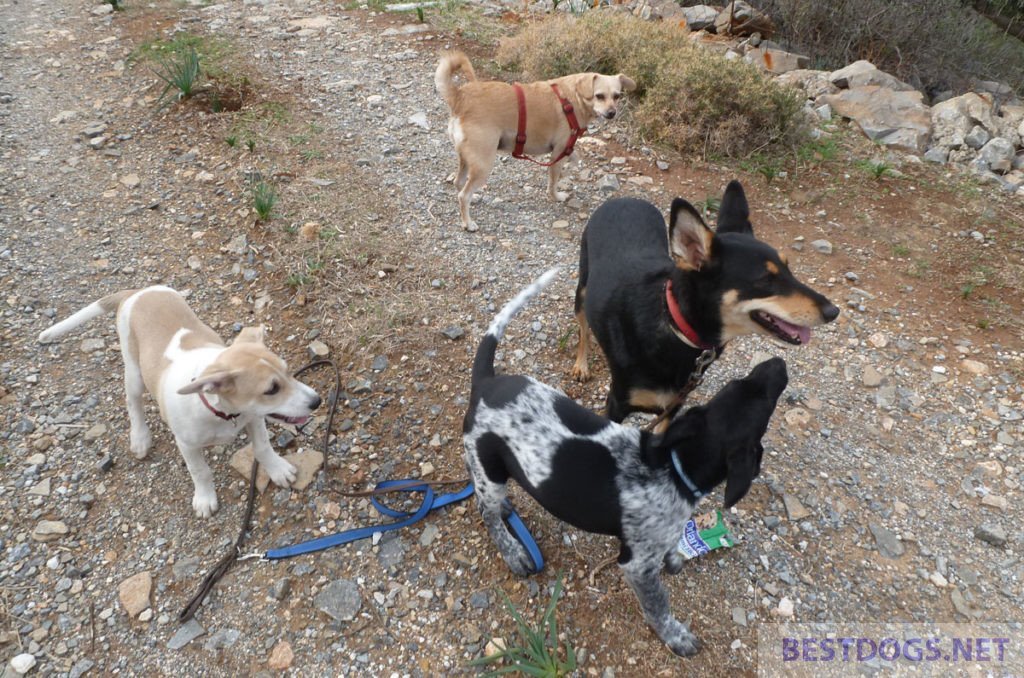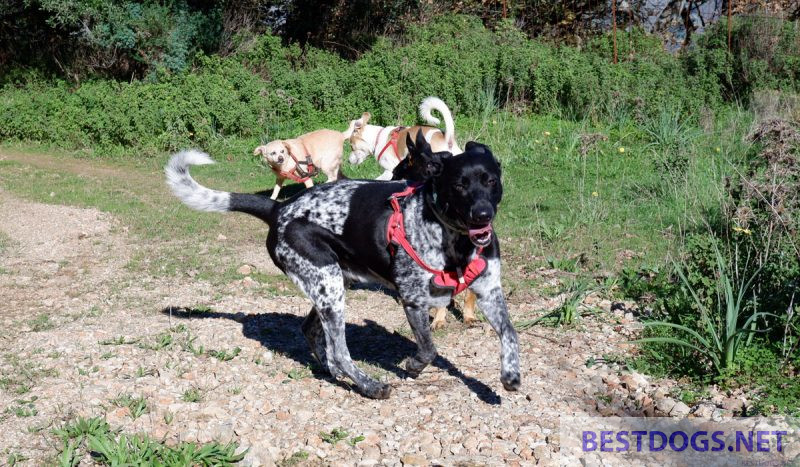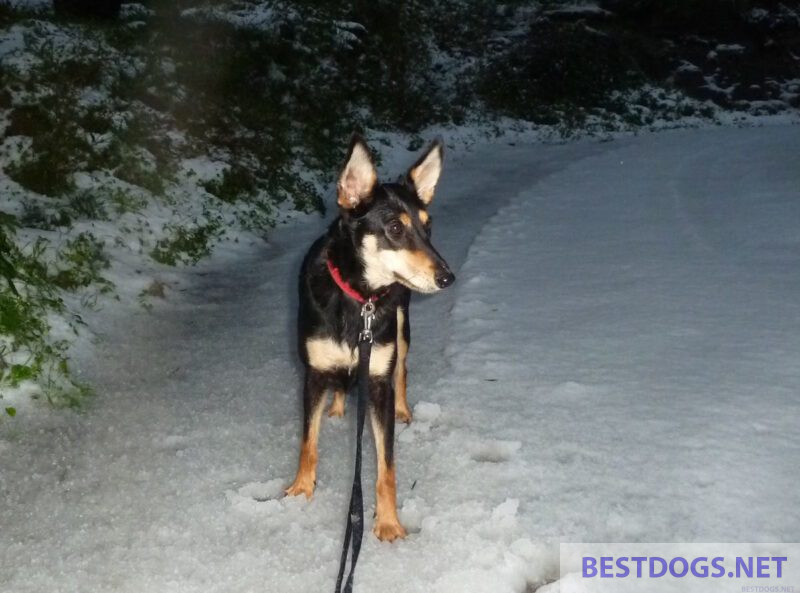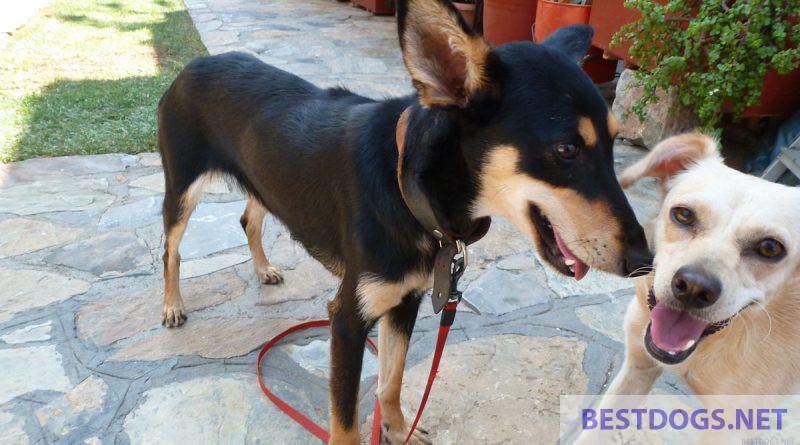Evolution, Biology and Behaviour of Dogs: Insights into Canine Domestication.
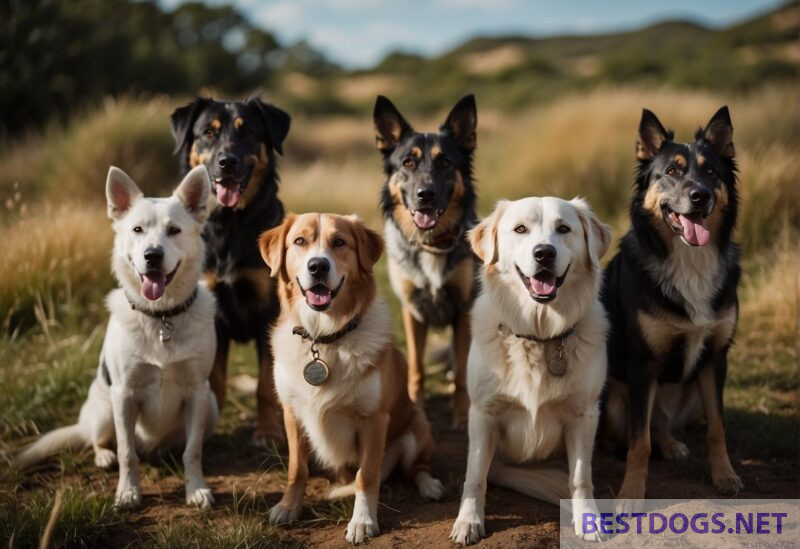
More about dogs:
Evolution, Biology and Behaviour of Dogs
Table of Contents
Dogs have long been known as man’s best friend, and their history, evolution, and behavior are deeply entwined with our own.
Starting from their common ancestor with wolves, dogs have undergone a remarkable journey of domestication that dates back thousands of years.
Scientific studies, including those based on mutation rates, suggest that the divergence between dogs and wolves occurred between 9,000 and 34,000 years ago.
During this time, dogs have developed unique behaviors and physical traits distinct from their wolf ancestors, characteristics fine-tuned by both natural and artificial selection pressures.
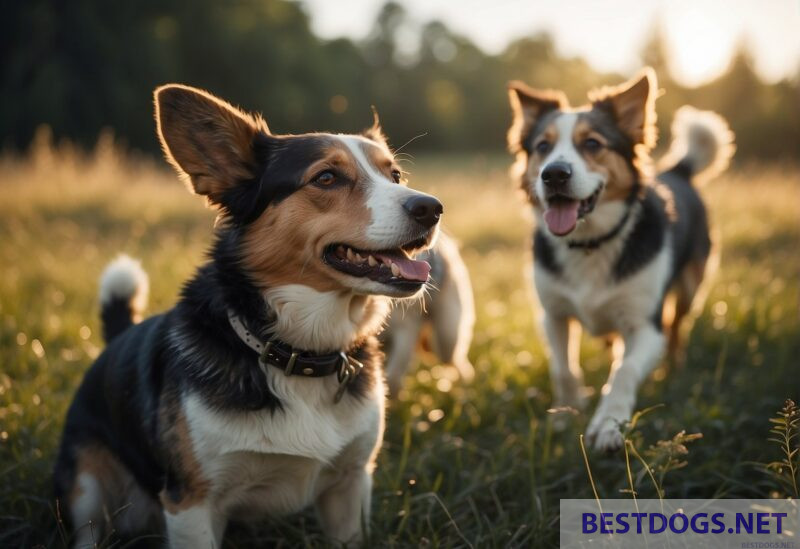
Understanding the biology and behavior of dogs is not just about satisfying curiosity; it holds practical implications for countless dog owners and professionals working with dogs.
Research in this field delves into the genetic underpinnings of canine traits, exploring how and why dogs have come to occupy such a diverse range of ecological niches and social roles.
Today, thanks to institutional subscriptions and access to content, researchers and enthusiasts alike can investigate the behavioral biology of dogs in depth, examining everything from social cognition to communication and problem-solving abilities.
These studies draw from a wealth of disciplines such as molecular biology, ethology, and cognitive science, painting a comprehensive picture of canine companions.
They help in designing better training strategies, improving welfare, and even contributing to understanding the genetics of behavior that may apply broadly across species.
The behavioral biology of dogs thus not only tells us about dogs themselves but also provides insights into the broader biological processes shaping all living creatures.
Domestication and Evolutionary History
The domestication and evolutionary history of dogs is a profound journey from wild wolves to beloved pets. This transformation involved early human cultures and has led to a diverse spectrum of dog breeds through selective breeding practices.
Origins of Domestic Dogs
Researchers generally agree that the domestication of dogs likely began over 20,000 years ago.
Evidence suggests that the initial phase of dog domestication commenced during the Upper Paleolithic period, with a process referred to as proto-domestication, which predates the domestication of any other animal or plant species.
This process was likely an unconscious collaboration between early hunter-gatherers and wolves, culminating around 14,000 BC when the domestication became more intentional.
This can be further understood by reviewing a comprehensive study on the evolutionary and domestication history of dogs.
Selective Breeding and Genetics
Through selective breeding, humans have had a significant impact on the genetic landscape of dogs.
Dogs were bred for various purposes, which led to the delineation of breeds with specific physical and behavioral traits.
Genetic analysis provides insights into how selective breeding has shaped dogs’ appearances and behaviors over thousands of years.
Various studies, including one referenced by Cambridge University Press, delve into genetic markers to trace the lineage and characteristics of modern dog breeds back to their ancient ancestors.
Selective breeding practices have led to the creation of breeds that excel in roles such as herding, hunting, protection, service, and companionship.
For example, in ancient times, the Egyptians valued dogs for their hunting abilities and their role in protecting their homes and temples. They selectively bred dogs with keen senses and agility, resulting in breeds like the Pharaoh Hound and the Egyptian Greyhound.
In contrast, the Vikings relied on dogs for their prowess in sledding and hunting. They bred dogs with thick fur, endurance, and strength to withstand the harsh climates of the Nordic regions. This led to the development of breeds like the Alaskan Malamute and the Siberian Husky.
Similarly, during the Middle Ages, European nobility favored dogs with regal appearances and gentle temperaments. They selectively bred dogs like the Cavalier King Charles Spaniel and the Bichon Frise, which were known for their companionship and loyalty.
Over the centuries, the process of selective breeding has continued, with humans refining and enhancing specific traits in dogs. This has allowed for the creation of breeds specialized in various tasks, such as search and rescue, therapy, and even detection of diseases like cancer.
However, it is important to note that while selective breeding has led to the diversification of dog breeds, it has also raised concerns regarding the health and well-being of certain breeds. Some breeds have been bred to have exaggerated physical features, which can lead to health issues and reduced quality of life.
In recent years, there has been a growing movement advocating for responsible breeding practices and promoting the adoption of mixed-breed dogs. This shift aims to prioritize the health and welfare of dogs over aesthetic traits, ensuring that future generations of dogs can lead happy and healthy lives.
As a result, the dog has become an integral component of human lives, displaying significant variations in size, shape, and temperament, all of which have been meticulously sculpted by intentional breeding choices through centuries.
Behavioral Characteristics

In exploring the complex lives of dogs, one must look closely at how they communicate and process the world around them. Their behavioral patterns are shaped by a mix of genetics, learning, and their environment.
Communication and Social Behavior
Dogs have evolved a rich social structure that relies heavily on various forms of communication.
They utilize a combination of vocalizations, body language, and even scent to convey messages to other dogs and humans.
Vocal expressions, like barks, whines, and growls, serve specific purposes, signaling everything from excitement to distress.
Body language—such as the wagging tail signifying happiness or ears pinned back indicating aggression—is equally telling.
The context of these behaviors is critical; a wagging tail doesn’t always mean a friendly disposition.
It’s important to consider the entire body posture and the scenario to understand a dog’s intent.
Similarly, dogs are capable of visual cues such as eye contact or averting gaze to establish social hierarchies or to show submission.
Learning and Intelligence
Dogs exhibit a surprising level of intelligence and versatility in learning.
They can learn through observation, imitating behaviors from other dogs, and through classical and operant conditioning.
Training a dog often involves a combination of:
- Positive Reinforcement: Rewarding desired behavior to increase its frequency.
- Negative Reinforcement: Removing an unpleasant stimulus when the desired behavior occurs.
Intelligence varies by breed but also significantly on an individual basis.
Some breeds, like the Border Collie, are known for their problem-solving skills and quick learning, while others may excel in different areas such as scent detection or agility.
It’s important to understand that dogs are shaped not only by their genetic makeup, but also by the environment they grow up in and the training methods their owners use. Skillful and patient training can unlock a dog’s learning potential, proving that while genetics lays the foundation, environment and upbringing play an important role in shaping a dog’s behavior.
Canine Biology and Health

The biological make-up of dogs is a complex interplay of physiological mechanisms that support their health and wellbeing. Veterinary medicine and research continuously evolve to enhance disease prevention strategies and healthcare measures, tailored to the varied needs of different breeds.
Physiological Aspects
Canine anatomy has been shaped by centuries of domestication, selectively breeding dogs to enhance certain traits.
For instance, the cardiovascular system of a Greyhound enables high-speed endurance, while the thick fur of a Husky is an adaptive trait for cold tolerance. Understanding these physiological differences is crucial for breed-specific care.
Breeds also exhibit diverse genetic predispositions to certain health issues.
For example, large breeds like Great Danes are more prone to cardiac conditions, while Dachshunds commonly face spinal issues due to their elongated bodies. Recognizing these inherent tendencies allows for a proactive approach to their health.
Dogs have a unique dental structure that is specialized for their diet. They have sharp, pointed teeth at the front of their mouth, called incisors, which are used for gripping and tearing meat. Behind the incisors, they have long, pointed teeth called canines, which are used for puncturing and holding onto prey. In addition to these, they also have premolars and molars, which are used for crushing and grinding food.
The digestive system of dogs is also adapted to their diet. They have a relatively short digestive tract, which allows them to quickly process and absorb nutrients from their food. Their stomachs produce strong acids and enzymes that help break down proteins and other nutrients. Dogs also have a large intestine that is responsible for absorbing water and electrolytes from their food, as well as eliminating waste.
In terms of reproduction, dogs have a unique reproductive system. Female dogs go through a reproductive cycle, known as the estrous cycle, which consists of several stages. During the estrus stage, which is commonly referred to as “heat,” the female is receptive to mating and may exhibit certain behaviors to attract males. If mating occurs, the female may become pregnant and give birth to a litter of puppies.
Overall, the biology of dogs is fascinating and reflects their evolutionary history as well as their close relationship with humans. Their highly developed senses, specialized teeth, and efficient digestive system are just a few examples of the remarkable adaptations that make them such successful and versatile animals. Whether they are working as service dogs, providing companionship, or competing in various sports, dogs continue to captivate us with their unique biology.
Healthcare and Disease Prevention
Proactive healthcare in canines involves regular vaccinations, parasite prevention, and dietary management.
Vaccines play a critical role in protecting dogs from infectious diseases like rabies and parvovirus.
A regular vaccination schedule, outlined by their veterinarian, is pivotal for long-term health.
Preventative measures against parasites, such as fleas, ticks, and heartworm, are equally essential.
Dogs should undergo routine screenings and receive preventive medications as prescribed.
A nutritionally balanced diet also contributes substantially to their overall health, necessitating personalized diet plans, especially for those with special needs or chronic conditions.
In terms of society members, like kennel clubs or breed-specific organizations, they often provide resources and guidelines on breed-specific healthcare.
Owners might also manage their dog’s health records and appointments using a personal account on a vet’s online portal, facilitating better healthcare coordination.
Maintaining an up-to-date library card number or similar membership details can be beneficial for accessing specialized veterinary literature and resources for informed canine care.
Interactions with Humans

One of the most notable aspects of dog behaviour is their social nature. Dogs are highly social animals and have a strong pack mentality. This is a result of their evolutionary history as pack animals, where cooperation and hierarchy are essential for survival.
Dogs also exhibit a wide range of behaviours that are influenced by their domestication and interaction with humans. They have developed the ability to understand human gestures and cues, making them excellent companions and working animals.
Dogs have established a unique relationship with humans, one that is multifaceted and affects both parties in various domains, ranging from psychological well-being to assistance in work tasks.
Roles in Human Society
Dogs fulfill a variety of roles in human society.
They serve as herders, guiding and protecting livestock, which is a testament to their trainability and responsiveness to human commands.
In another significant role, dogs act as service animals providing assistance that enhances account management for individuals with disabilities, a task that requires high levels of intelligence and adaptability.
For effective communication without barriers, dogs need to be able to respond to complex commands in much the same way that managing complicated institutional account management systems requires clarity and precision for humans.
Impact on Human Well-being
The impact of dogs on human well-being is profound.
Not only do they provide companionship, which can reduce stress and increase physical activity, but they also contribute to the mental health of their owners, similar to the positive effects that a healthy relationship can have.
These interactions create a sense of security and belonging for the user, a feeling paralleled by the presence of a dog. Assistance dogs can activate subscriptions to a better quality of life for those with physical or emotional challenges, by providing not just help with tasks but also emotional support that can be as essential to well-being as any content that can be purchased for pleasure or education.


